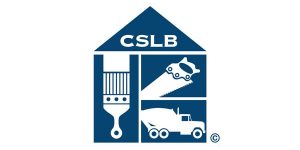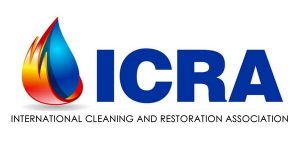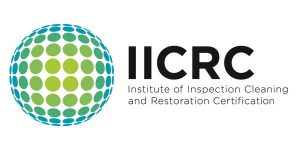
Homeowners often need money for restoration costs immediately, long before that work is completed. Fortunately, insurance companies recognize this as well, as it helps assure proper mitigation measures are taken quickly enough to prevent further damage.
So when disaster strikes it’s usually possible to have your insurer issue a loss draft, also called a claim check. A loss draft is a check paid by the insurer to the homeowner. An insurance agent or claims adjuster will usually come to inspect the damage and there may be negotiations as to an appropriate amount.
How it Works
Here are the typical 5 steps for getting and using a loss draft.
- Read the rest of this post to properly understand what’s going on.
- Search the web using the keywords loss draft + your bank (the one who issued your mortgage) to find the details for your particular lender. They’ll most likely have a draft-claims center or department to answer your questions and manage the process.
- Go to that web page and follow the specific instructions to complete the correct forms
- After receiving the draft from your insurer you’ll need to follow bank procedures. That typically involves endorsing the draft check and taking it to the mortgage lender.
- If the draft is for $10,000 or less and your loan is in good standing the check will be endorsed by the bank and 100% of the funds will be available immediately as a “non-monitored claim.” Otherwise, it’s a “monitored claim” and you’ll be immediately provided 1/3 of the amount. After half of the mitigation and repairs are finished you can ask the bank for an inspection. If they agree that work is half-done you’ll receive another 1/3 of the total. Once all work is completed and the bank has inspected your property and agrees that it has been restored to the original (or higher) value, the remainder of the draft will be available for full 100% of the original amount. Keep in mind that all this may be a little different for your particular mortgage, insurer, and bank.
But First…
There are several things you need to understand. Again, keep in mind that these are usually the case but may vary with your particular bank.
Mortgage lenders require insurance to protect their collateral — your home. That’s why they insist it is restored to a value at least its original value. So you can’t normally keep the cash and skip repairs. It’s most likely that any claim check will be made to the mortgage lender as well as yourself. This means that you can’t simply cash it yourself. The mortgage lender also needs to endorse it, and they will require a procedure more or less that of Step 5 above.
If the amount of loss draft is more than your outstanding principal balance you can use it to pay off the loan. This usually means sending the endorsed check with a letter authorizing the bank to do so. You’ll be refunded the excess amount. You’ll then have to pay for repairs out of your own pocket, but you’ll then have the option of not restoring everything to its full original value (such as not restoring an outbuilding or replacing a fence). You may need to provide official notarized documents such as a lien waiver (waving your right to file a lien on your property) or a letter of satisfaction (releasing any liens) as well as various other completed forms signed by you.
The process can be slow, often with several weeks delay between an inspection and release of funds to you. So you’ll need to plan for this and negotiate payment terms and due-dates with your restoration contractor.









